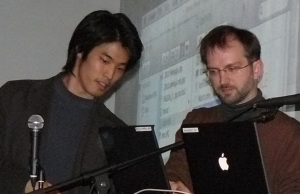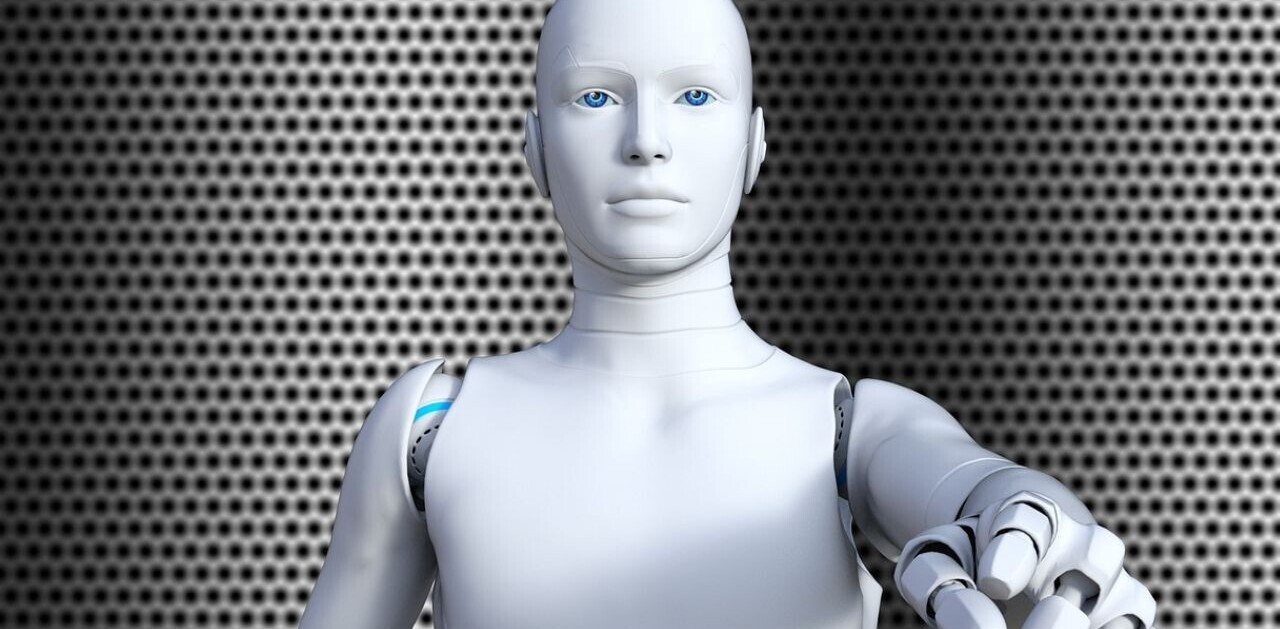
 Last night at the monthly Tokyo 2.0 event, Google Mobile Product Managers Riku Inoue & Brad Ellis from Google Japan, gave a presentation entitled Convergence and beyond.
Last night at the monthly Tokyo 2.0 event, Google Mobile Product Managers Riku Inoue & Brad Ellis from Google Japan, gave a presentation entitled Convergence and beyond.
In my opinion the most interesting part was during the Q&A session that followed, I asked if Google had plans to add people or face recognition to Google Goggles? This would be possible since: Picassa has face recognition, Flickr has added people tagging, and of course Facebook has support for tagging people in photos.
Riku and Brad’s response was Google has person recognition working in a Google internal build of Goggles, but the feature was removed in the publicly released version due to privacy concerns.
However they also said, Google hasn’t given up on the feature and are trying to find the right approach to make sure people’s privacy is taken into account. When they do, the People recognition feature will be added to the public version of Goggles.
The 14 min. Google Japan presentation can be watched below in full (presentation is in english and Japanese. Apologies if the video quality isn’t good at times, this was recorded with my N97.)
Google Japan Presents Search Trends across platforms at Tokyo 2.0 February.
If you would rather read what was presented, here’s my overview of the highlights:
The presentation started with Brad Ellis talking about web trends across mobile and PC. The presentation included (sanitized) data of Google services use throughout an average week, a week with a holiday, and a week day.
The data shows some interesting trends, like when people go on Lunch break both mobile web and PC web use increases. By looking at the graph you can see when the majority of people leave their office to go home, PC web usage drops while mobile web use increases. Also their data shows that on weekends and holidays Mobile web usage peaks.
Next Riku Inoue talked about mobile convergence, saying ‘something magical happens’ when rich hardware devices have an always on connection to the cloud. It enables innovative new services to be created.
He said the iPad is a very good example of mobile and PC converging. (Wonder if this was a hint of things to come for a Chrome OS tablet device?)
As two examples of some of the possibilities that cloud-connected mobile devices provide, Google Goggles and Voice Search on the Android HTC Magic (aka HT-03A in Japan) were demonstrated to applause from the audience. During the demo a Japanese female audience member loudly commented the Android mobile looks like the iPhone, to which one of the product managers replied this is not an iPhone.
To wrap up the APIs for Google Voice recognition were mentioned that are available now for developers to use. Riku said, for example there are some developers working on a twitter app where you can say something and it will tweet what you said.
I for one am looking forward to more easily remembering people’s names with Google Goggles, as you may have guessed yes I’m bad with names. Also the speak to tweet application sounds like it has potential for being useful when driving or when your hands are busy. This would be similar to what Ford Sync announced at CES, Microsoft Sync and Ford are also working on speak to tweet functionality for cars.
Get the TNW newsletter
Get the most important tech news in your inbox each week.




